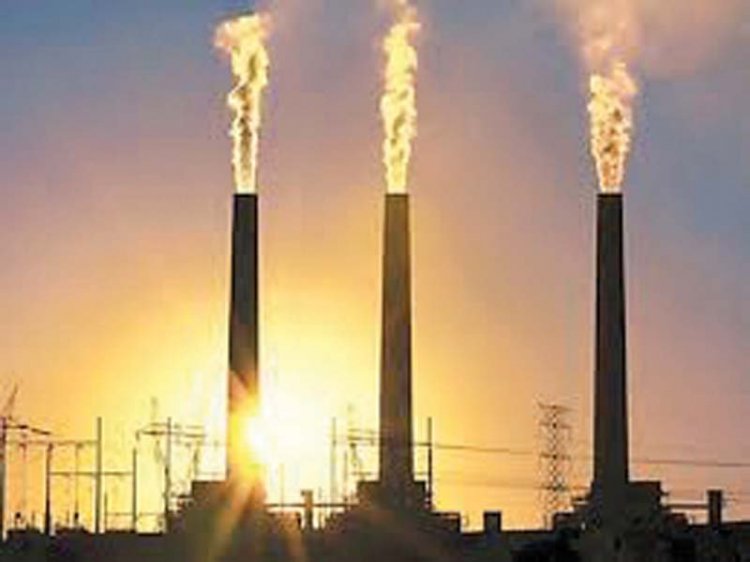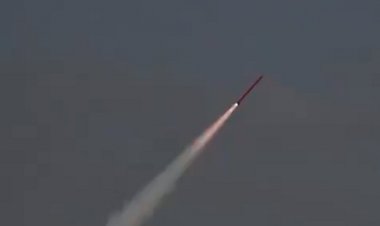Gas storage – why and how?
Semi-depleted fields, LNG land terminals can be used for building storages

ISLAMABAD:
At the moment, Pakistan gas supply risk is increasing due to depletion of domestic gas resources and increasing reliance on imported liquefied natural gas (LNG).
It is expected that reliance on LNG will increase with the continuous depletion of local fields and increasing demand.
Several times, reportedly, the line pack pressure has increased beyond safe levels, risking the system. Pakistan has adopted a Floating Storage and Regasification Unit (FSRU) model as opposed to land-based gas terminals – the latter has considerable storage space as opposed to the FSRU. Thus, prima facie, there is a need for gas storage in Pakistan.
There are other reasons for having the gas storage. Normally, winter demand and prices of gas are high and summer demand and prices are low internationally, although this summer LNG prices are unusually high.
Normally, it is found that buying excess gas in summer and storing it for winter makes a business sense. For countries, it provides supply and price security as well.
With the emergence of gas markets, storages have become even more important. In the gas market context, a large number of suppliers procure gas at various times. Supply and demand cannot often be matched and thus storage becomes vital for the operation of gas market.
Gas storages are difficult and expensive due to pressure and flow requirements. There are mainly three types of underground storages – depleted gas fields, salt caverns and aquifers.
The most widely used are depleted fields, although salt caverns and LNG tanks are rapidly emerging as storages.
The underground gas storage requires base gas, which is also called cushion gas. This gas is required for maintaining pressure in the field in order to maintain the flow. This base gas remains permanently in the reservoir until the end of the life of storage facility.
This component of gas forms a major part of capital expenditure (capex) and a bottleneck in financing. The other component is working gas, which is routinely injected and withdrawn.
Operationally, there are two types of gas storages – base load and peaking. Base load storages are for long-term and seasonal requirements and normally depleted field reservoirs are suited for base load operations.
For gas market operations and routine peaking requirements, salt caverns are used as these have faster withdrawal rates.
Depleted field storages are normally of larger capacity as opposed to salt caverns and LNG terminals. Cushion gas requirement for such storages is also very high at almost 30-50% of the total storage capacity.
Salt caverns have the advantage of lower cushion gas requirement. Salt caverns can be built in a series of several caverns, which are added gradually as demand increases.
Typically, the depleted gas storage costs $700-1,000 million, depending on the capacity and gas prices. Cushion gas may have a share of 30-40% in this cost.
Salt caverns are cheaper. Recent cost estimates for an ongoing salt cavern storage project in Turkey have been put at $2.5 billion for a storage capacity of 5.4 billion cubic metres. A total of 48 caverns, of 630,000 cubic metres each, are being developed while six are already in place.
Gas storage capacity requirements depend on many factors including the risk situation, fund availability, tariff affordability, local construction costs, storage fields, etc.
However, indicative data from industrialised countries may give some idea. Large consumers like Germany, Italy and the Netherlands have one-third storage capacity as compared to their annual demand.
Perhaps the largest gas consumer of Europe has only 7% storage. Other countries like Poland and Spain have a 20% ratio. This cannot be used as a formula but does indicate typical figures.
Pakistan’s case
Pakistan has both depleted gas fields and salt deposits. Depleted fields are mostly in Sindh and salt deposits are in Khewra in Jhelum. There are implications for establishing gas storages in the south or north.
Gas market is in the north and depleted resources are in the south. There would be transmission infrastructure issues for gas storages built in the south. In the north, being closer to demand areas may suit the characteristics of salt caverns.
Currently, a gas storage study is being carried out under the Asian Development Bank (ADB) grant while earlier a study has already been done. However, it is almost a decade old.
As half of the capex may go to cushion gas, new gas development and price regime may have pushed the decision-makers to commission another study.
The typical summer and winter prices of LNG have a difference of $2 per mmbtu. For the first time in the past seven years, the LNG prices are high in summer these days and have reached $15-plus. What repercussions it would have on winter prices is not known.
The recent price experience indicates merit of long-term contracts as opposed to the earlier perception against it due to lower spot prices. Now, it is the opposite.
In Pakistan, there is scepticism among a section of the people regarding high capex on gas projects including the storage, giving rise to add-on costs and prices.
Literature survey on the subject indicates that the network is optimised and system cost decreases due to the gas storage. Moreover, if there is a difference between winter and summer prices, it would pay for itself.
Also, it is possible to adopt a business model whereby one or more gas producing countries may agree to store their excess gas in Pakistan’s storage facilities.
This gas may be their property and they may be allowed to sell in the local market at prevailing market prices. This may halve the capital cost of the project as cushion gas will cost as much as 50% of the project cost. Oil is being stored by the UAE in India under this model.
The use of semi-depleted fields can be considered as well. This will enable the utilisation of most of the installed equipment, reducing the upfront capex.
Part of the cushion gas can be financed through installment payments to the field owners equal to the cash stream that they would have received in case of continued operations.
Alternatively, in the case of LNG, there are storage opportunities in the form of land terminals and Floating Storage Units (FSUs).
FSUs are relatively cheaper. Old LNG ships that are not sea-worthy can be converted to FSUs at a relatively low cost. FSUs are installed with a regasification unit on barge or on land. A number of developing countries have installed FSUs.
Pakistan Petroleum Limited (PPL) and Oil and Gas Development Company (OGDC) are the owners and operators of most of the gas fields in Pakistan. They should be actively involved in gas storage planning, development and even operation of storage projects.
Exploration and production companies are well versed with gas extraction. What would be new for them are gas injection operations. Cushion gas purchase investments can be minimised by utilising the existing gas in semi-depleted fields.
The writer is former member energy of the Planning Commission and author of several books on the energy sector
Published in The Express Tribune, September 6th, 2021.
Like Business on Facebook, follow @TribuneBiz on Twitter to stay informed and join in the conversation.

 Admin
Admin 































